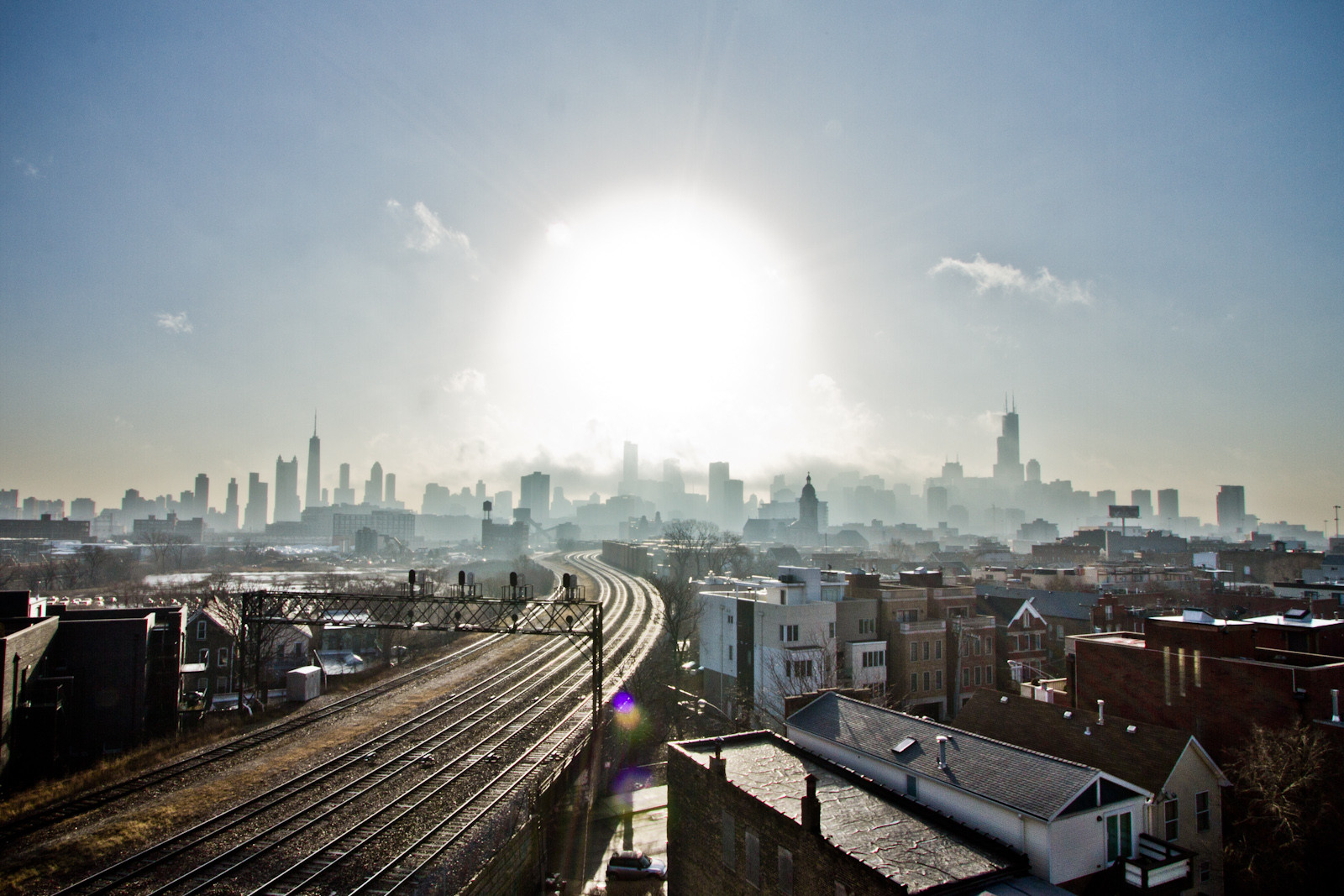
Two weeks ago, Sunday Sounds looked at Chicago’s drill music scene, it’s own particular local spin on the trap sound that has dominated American hip-hop over the last few years.
Of course, over the last thirty years Chicago has been much better-known internationally for its contributions to electronic music than for the produce of its rap scene (even though Chicago has produced one of the most famous rappers of them all in the douche-tacular shape of Kanye West). So today I just wanted to throw up a few mixes of Chicago juke music, the hyper-speed polythythmic sound that has inspired producers all over the world in the last few years. It’s also been the soundtrack to a unique style of dancing called footworking, which was born in Chicago’s ghettos and is, frankly, pretty amazing to watch (as well as mind-bogglingly complicated) – I’ve also posted a documentary on that, too.
DJ Rashad – Japan 20 Minute Workout
DJ Earl – Exclusive JBW Mix
My Year of Mixtapes Week 40: Juke by Chrissy Murderbot on Mixcloud
Chrissy Murderbot – My Year of Mixtapes Week 40: Juke (also available here)
Footwork documentary for NPR
Here was the original article:
As a dance, footwork is a blindingly fast-paced movement of the feet in which dancers string together combinations of twists and turns with seamless transitions. Like krumping or jit, footworkers use these combinations to battle each other, competing in the middle of a circle of dancers for money or street cred.
The music that footworkers dance to developed out of a similar style of dance music called juke in the mid ’90s. Juke music has an extremely fast tempo, around 160 beats per minute, but it features bass kicks, claps, high hats and samples in very short increments. In footwork, the beats per minute are the same, but the bass drum is used more sparingly. Also absent is much of the percussion and vocals that clutter juke’s beats, leaving behind a half tempo that allows dancers more room to express themselves. The tracks — repetitive and hypnotic — often have a grungy, lo-fi aesthetic.